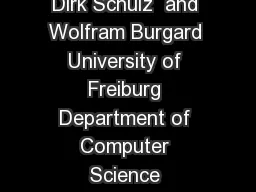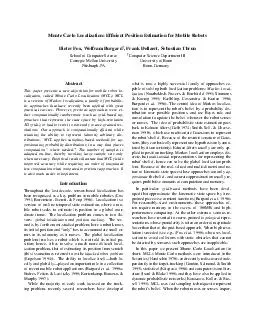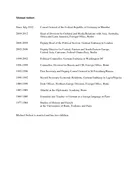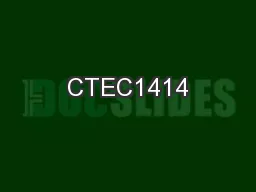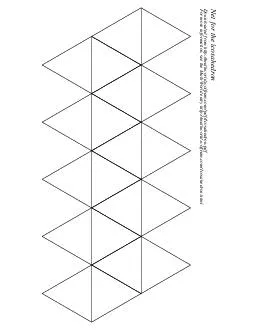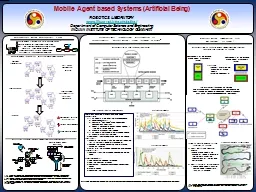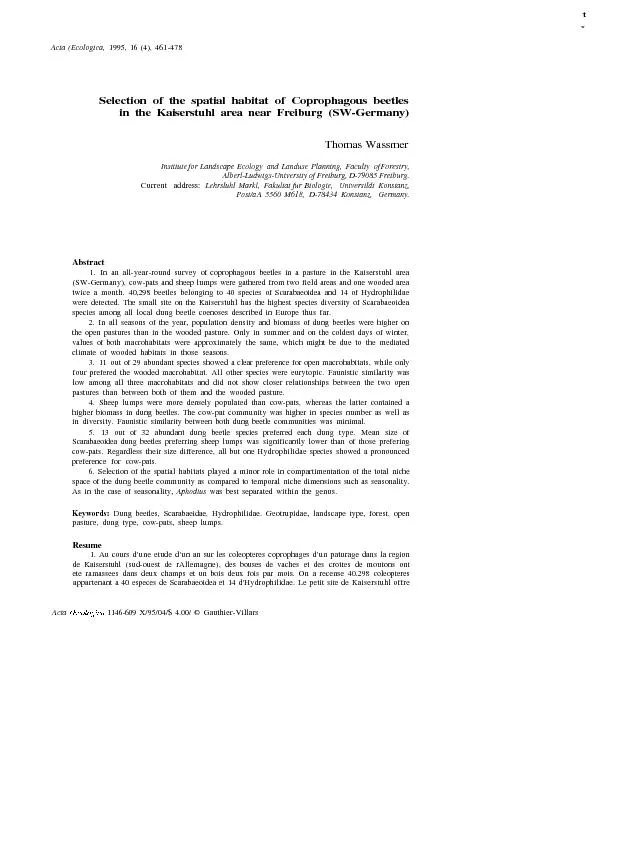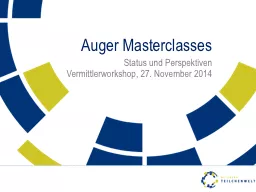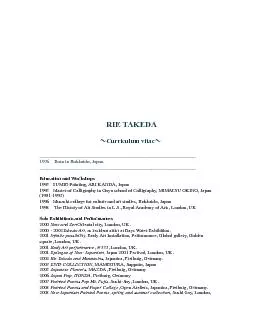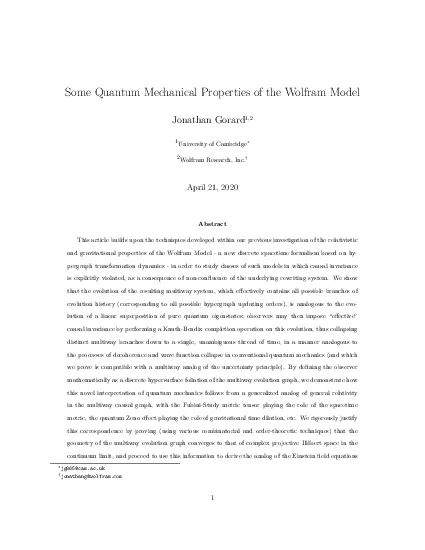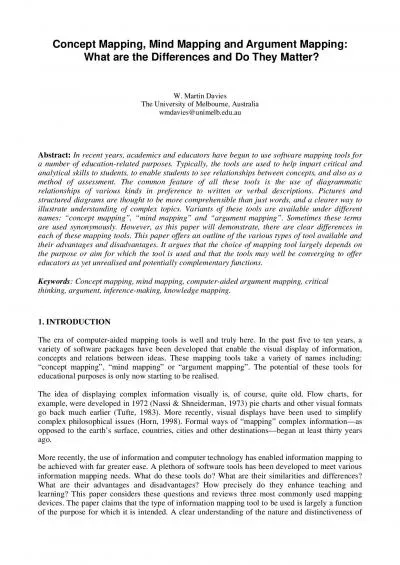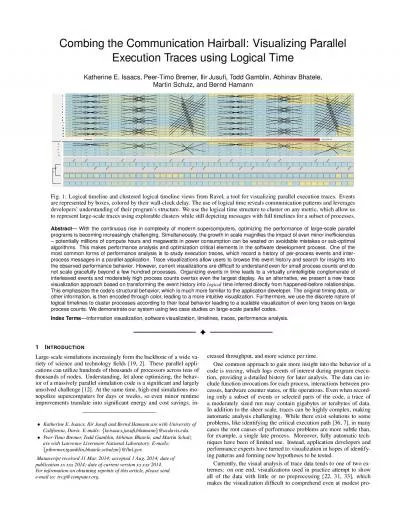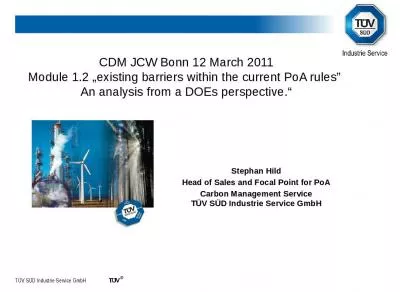PDF-MOBILE ROBOT MAPPING IN POPULATED ENVIRONMENTS Dirk H ahnel Dirk Schulz and Wolfram
Author : min-jolicoeur | Published Date : 2015-01-15
Most of the approaches however assume that the environment is static during the dataacquisition phase In this paper we consider the problem of creating maps with
Presentation Embed Code
Download Presentation
Download Presentation The PPT/PDF document "MOBILE ROBOT MAPPING IN POPULATED ENVIRO..." is the property of its rightful owner. Permission is granted to download and print the materials on this website for personal, non-commercial use only, and to display it on your personal computer provided you do not modify the materials and that you retain all copyright notices contained in the materials. By downloading content from our website, you accept the terms of this agreement.
MOBILE ROBOT MAPPING IN POPULATED ENVIRONMENTS Dirk H ahnel Dirk Schulz and Wolfram: Transcript
Download Rules Of Document
"MOBILE ROBOT MAPPING IN POPULATED ENVIRONMENTS Dirk H ahnel Dirk Schulz and Wolfram"The content belongs to its owner. You may download and print it for personal use, without modification, and keep all copyright notices. By downloading, you agree to these terms.
Related Documents

